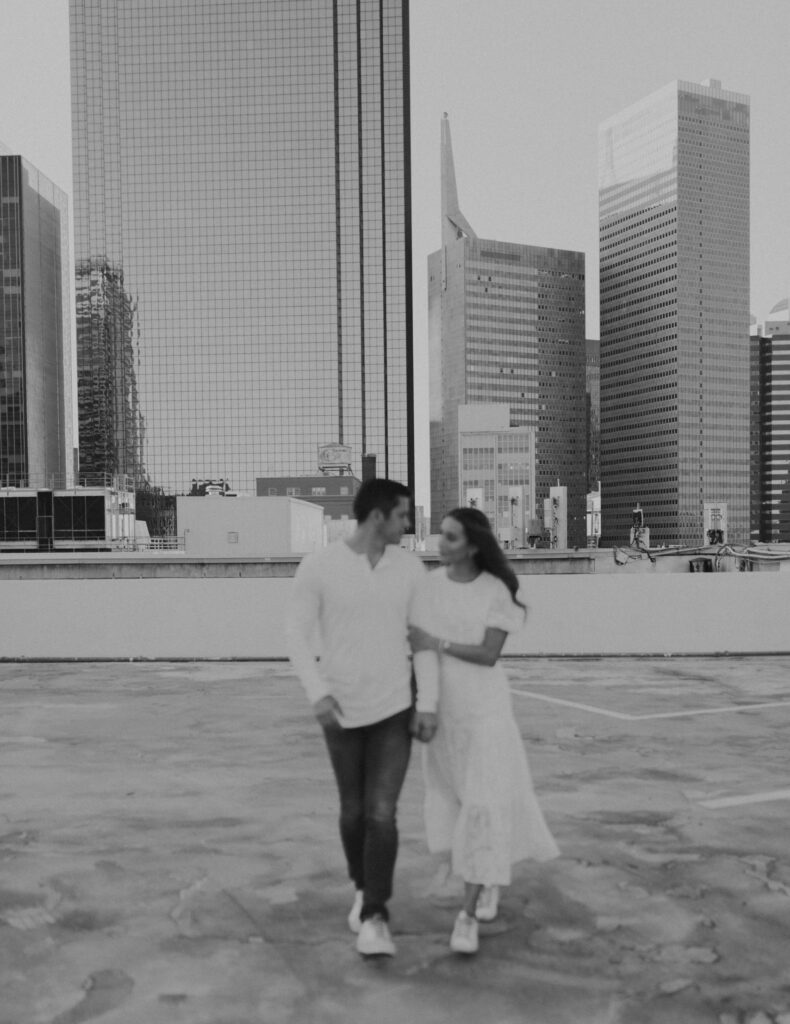The “What Happened” Conversation
Research shows that difficult conversations between partners generally fall into three categories: The “what happened” conversation, the feelings conversation, and the identity conversation. The poor ways in which we handle these conversations on a repeated basis are what Dr. Sue Johnson refers to as “demon dialogues.” These are tactics that effectively move us farther from a resolution than toward one. Let’s take a look at the first type of conversation in order to get a sense of how this works.
In the “what happened” conversation, also known as “find the bad guy,” both parties disagree quite literally over what occurred in the first place. For example, Partner A might believe Partner B rose their voice or was disrespectful, while Partner B accuses Partner A of being controlling and exaggerating what happened. Each individual then tries to educate the other on their misdeeds. In Partner A’s mind, Partner B is the problem, and vice versa. Before long, both parties have concocted a story about the reality of what occurred and are unwilling to budge.
When we get caught in these patterns, we begin to expect it, even watch for it, so we can react fast when we see it coming. The longer this goes on, the harder it can be to dig ourselves out. We begin to see the relationship as deteriorating. Perhaps we consider why we are with someone so uncaring. Where is the trust? Where is the safety?
This is the core of what’s missing in the “what happened” conversation. Neither party is typically the villain, but rather the accuse/accuse patterns itself is to blame. When both partners are able to stop and recognize what’s happening, they can take the first step toward rectifying the situation. Accept that neither person is totally at fault. In fact, both partners are likely correct in their diagnosis of what occurred.
To move back toward a trusting relationship, we need to set aside our egos and self-reflect. You can ask yourself, “What was my contribution to what happened?” Sometimes it takes the softening of one party for the other to feel safe in doing the same. This is a good sign. Our partners are the source of our greatest friendship, so taking responsibility and moving toward a mutual understanding preserves that aspect of their presence in your life.
In the end, the discussion over what happened can be turned into a learning experience. You both may even find the whole thing silly in retrospect! Use this new positive energy to think “how can we work toward a solution together so this doesn’t happen again?” It’s then up to you to recognize the “find the bad guy” when it happens again, which it surely will, and implement the resolution discussed. Every successful iteration will only make you stronger, and better equipped, to deal with the various demon dialogues.
Stay tuned for the next segment, coming next week!



